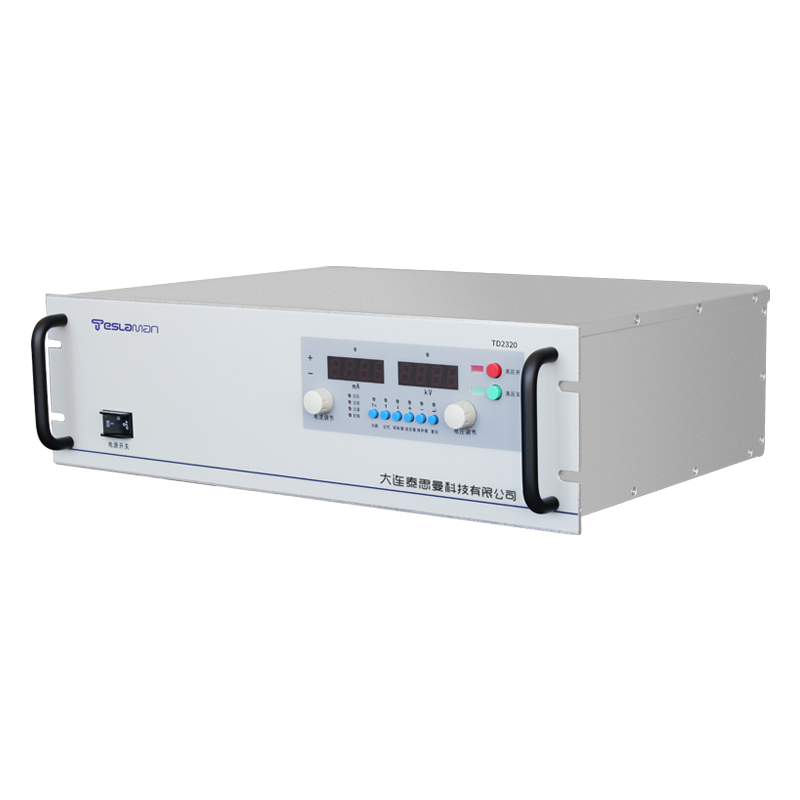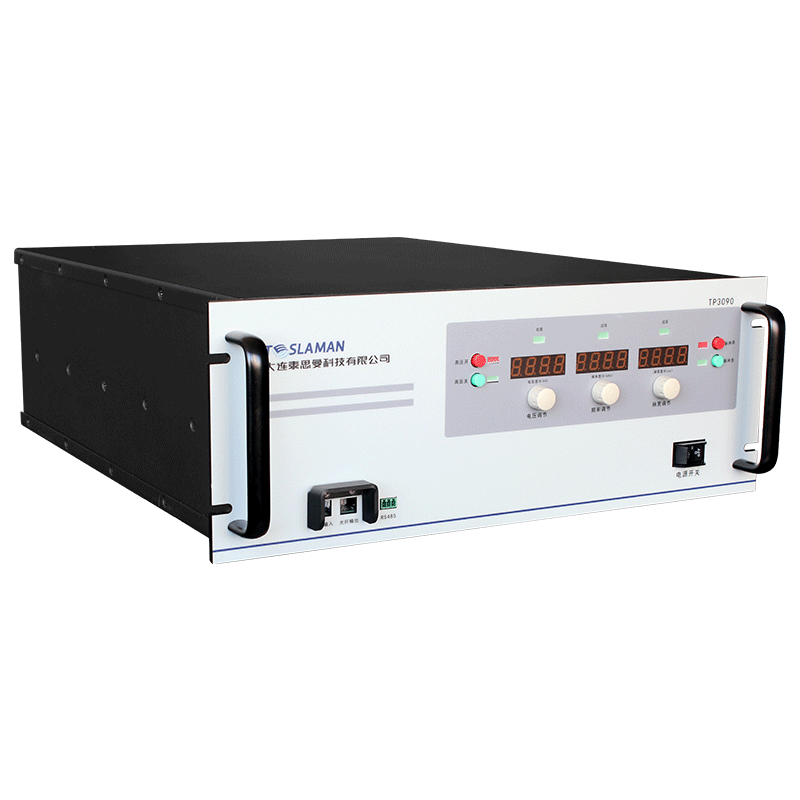Exploration of Innovative Technologies for High-Voltage Power Supplies in Film Deposition
1. Introduction
In fields such as semiconductor manufacturing, optical coating, and electrode preparation for new energy batteries, film deposition technologies rely on high-voltage power supplies to drive plasmas, enabling precise atomic-level film deposition. Traditional high-voltage power supplies struggle to meet the demands of rapid switching of process parameters and materials sensitive to voltage ripples. This article analyzes the innovative directions of high-voltage power supplies for film deposition from the perspectives of topological structures, control algorithms, and material applications.
2. Special Requirements of Film Deposition for High-Voltage Power Supplies
Film deposition processes impose strict requirements on ion energy, plasma density, and deposition uniformity. For instance, in magnetron sputtering, the output ripple of the power supply must be controlled within ±0.5%; otherwise, it will lead to uneven film composition and thickness. Atomic layer deposition (ALD) requires the power supply to complete voltage rise and fall within microseconds to precisely control the reaction time. Additionally, as chip manufacturing processes advance to 3nm and below, high-voltage power supplies need to have picosecond-level pulse modulation capabilities to prevent substrate material damage caused by plasma bombardment.
3. Innovative Technical Solutions
(1) Topological Structure Innovation
Traditional hard-switching topologies are insufficient for the high-speed response requirements of film deposition due to high switching losses and low frequencies. A multi-level cascade topology is innovatively adopted, achieving high-voltage output through the series connection of modular units. Each module is independently controlled, reducing voltage ripple to ±0.3%. With a bidirectional power flow design, the load energy can be quickly dissipated at the end of the process, shortening the voltage drop time to less than 50μs and significantly improving production efficiency.
(2) Upgrade of Intelligent Control Algorithms
The Adaptive Sliding Mode Control (ASMC) algorithm is introduced to monitor the dynamic changes of plasma loads in real-time and automatically adjust the PWM pulse sequence, increasing the power supply response speed to the 10μs level. Combined with a deep learning-based prediction model, it can anticipate the impact of process parameter adjustments on the power supply output in advance, suppressing voltage overshoot within 1%. Meanwhile, through multi-parameter coordinated control, an optimal balance between deposition rate and film quality is achieved.
(3) Breakthroughs in Materials and Insulation Technologies
Aiming at the corrosive gases and high-frequency electric fields in film deposition environments, new nano-composite insulating materials are developed. These materials have a 60% improvement in dielectric constant stability and can withstand a high electric field strength of 10kV/mm, effectively preventing partial discharge. The 3D printing integrated encapsulation technology eliminates air gaps in traditional insulation structures, extending the insulation life to over 100,000 hours and ensuring long-term reliable operation of the power supply in harsh environments.
4. Application Effects and Verification
In the gallium nitride film deposition process for 5G chip manufacturing, the use of the innovative high-voltage power supply has increased film thickness uniformity to 99.2% and reduced surface roughness to 0.3nm, significantly outperforming traditional power supplies. In the preparation of solar cell electrodes, the enhanced response speed of the power supply has increased deposition efficiency by 30% and reduced energy consumption by 15%. Long-term operation tests show that the new insulation structure reduces the power supply failure rate by 80% and extends the maintenance cycle to more than 2 years.
5. Conclusion
The innovation of high-voltage power supplies for film deposition requires the integration of power electronics, materials science, and intelligent control technologies. Through topological optimization, intelligent algorithm upgrades, and insulation technology breakthroughs, the performance of power supplies can be significantly enhanced to meet the stringent requirements of advanced film processes. In the future, with the development of emerging fields such as quantum computing and flexible electronics, high-voltage power supplies will continue to innovate towards higher frequencies, lower ripples, and greater adaptability.




















